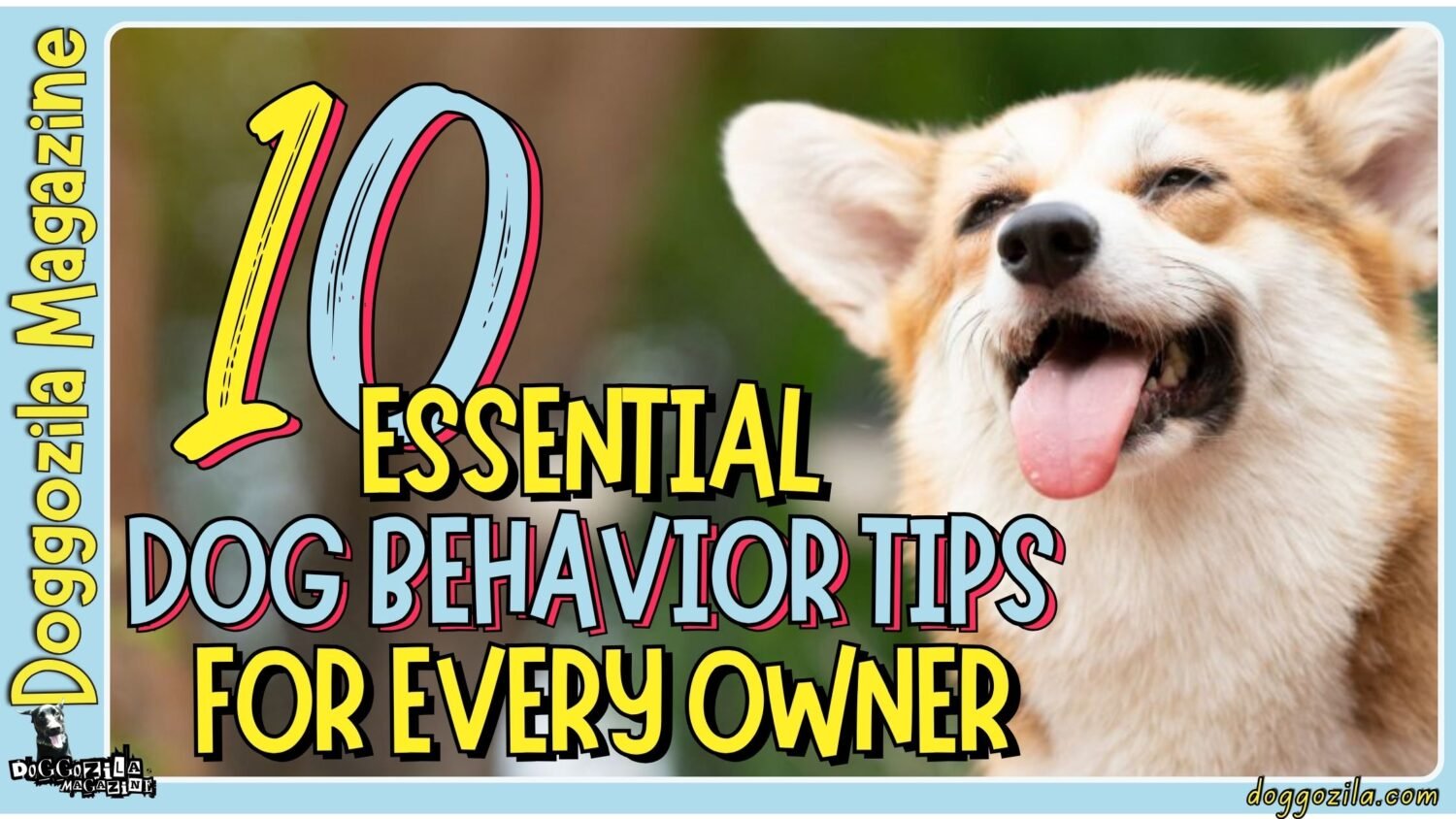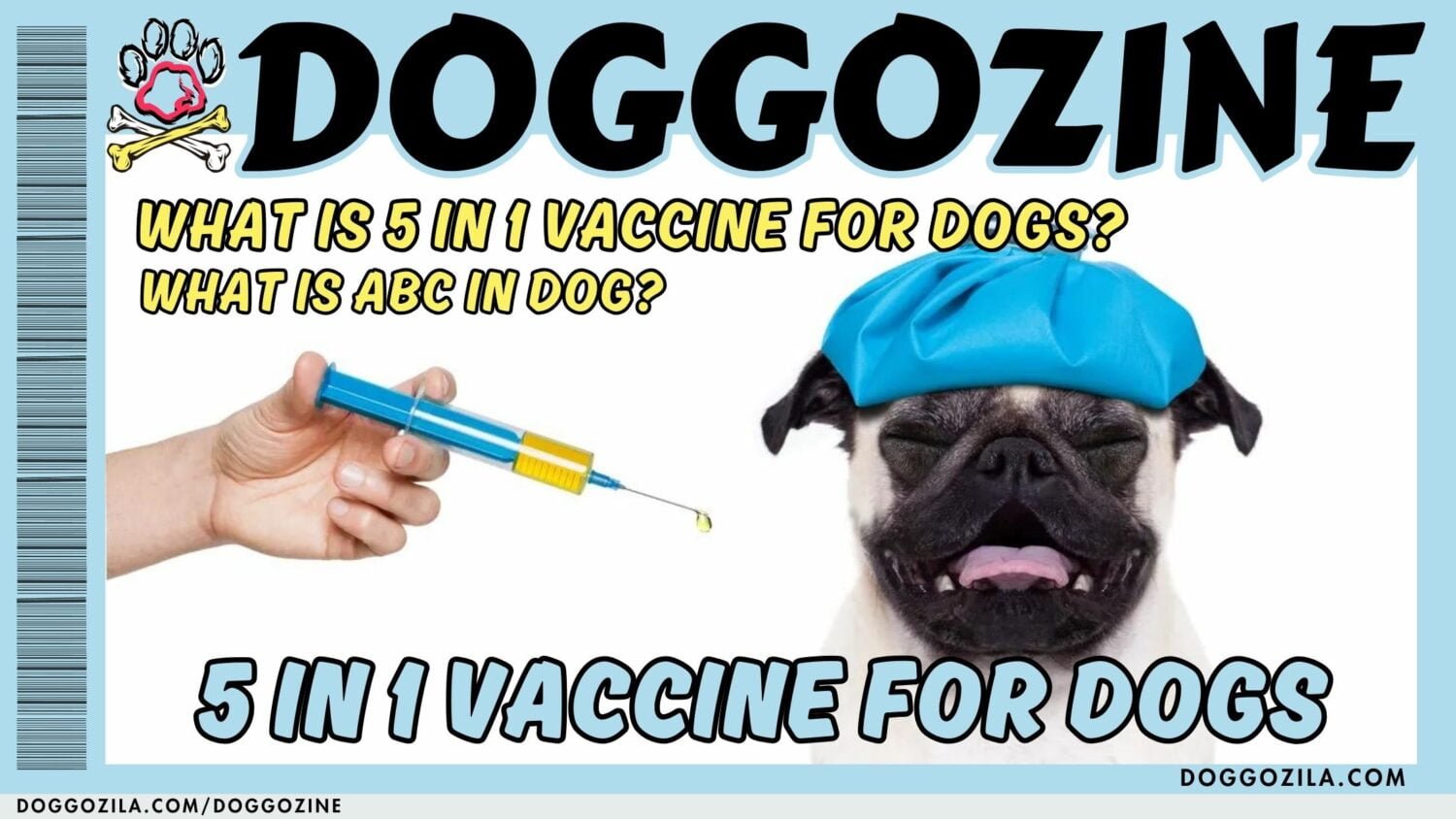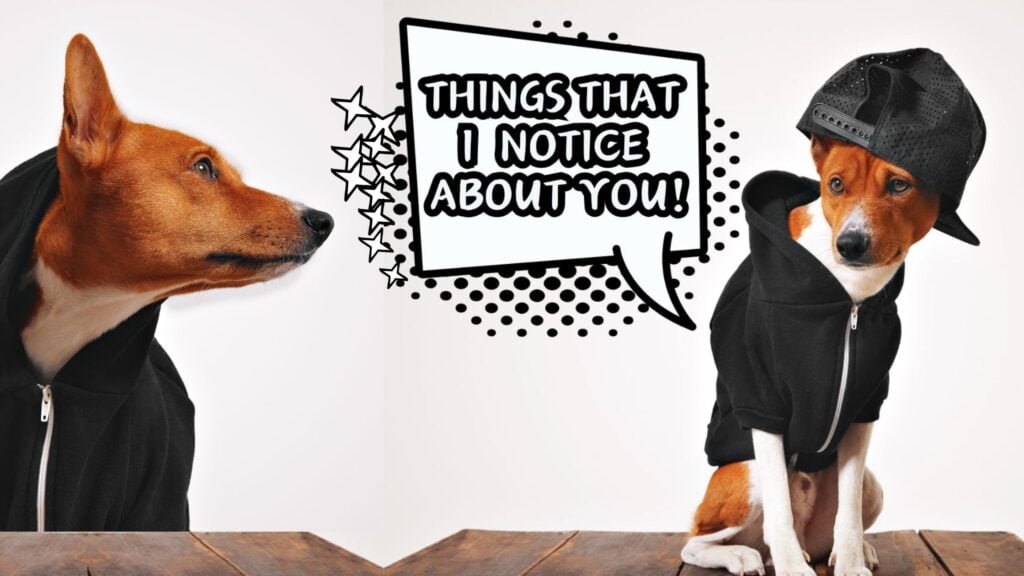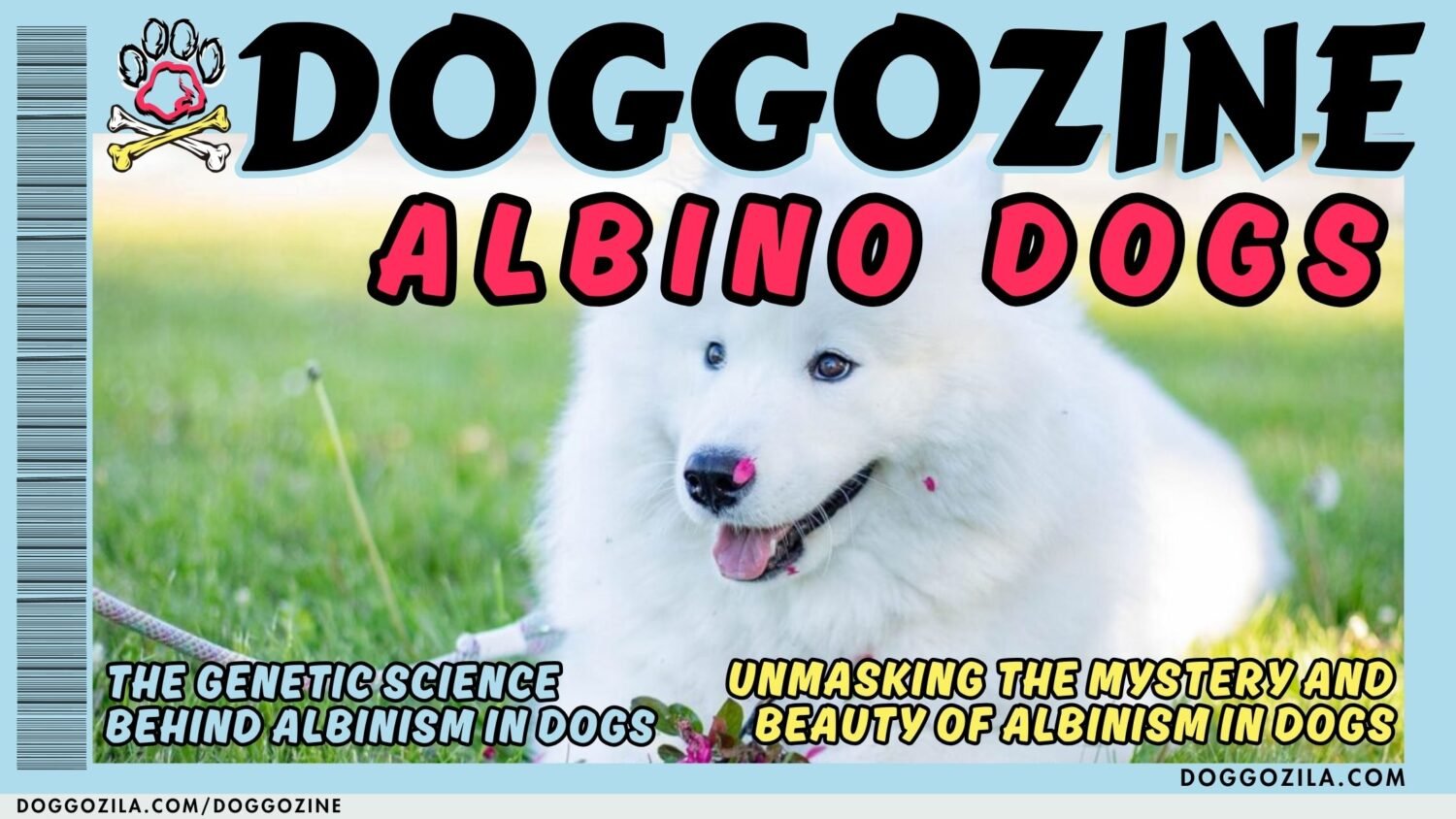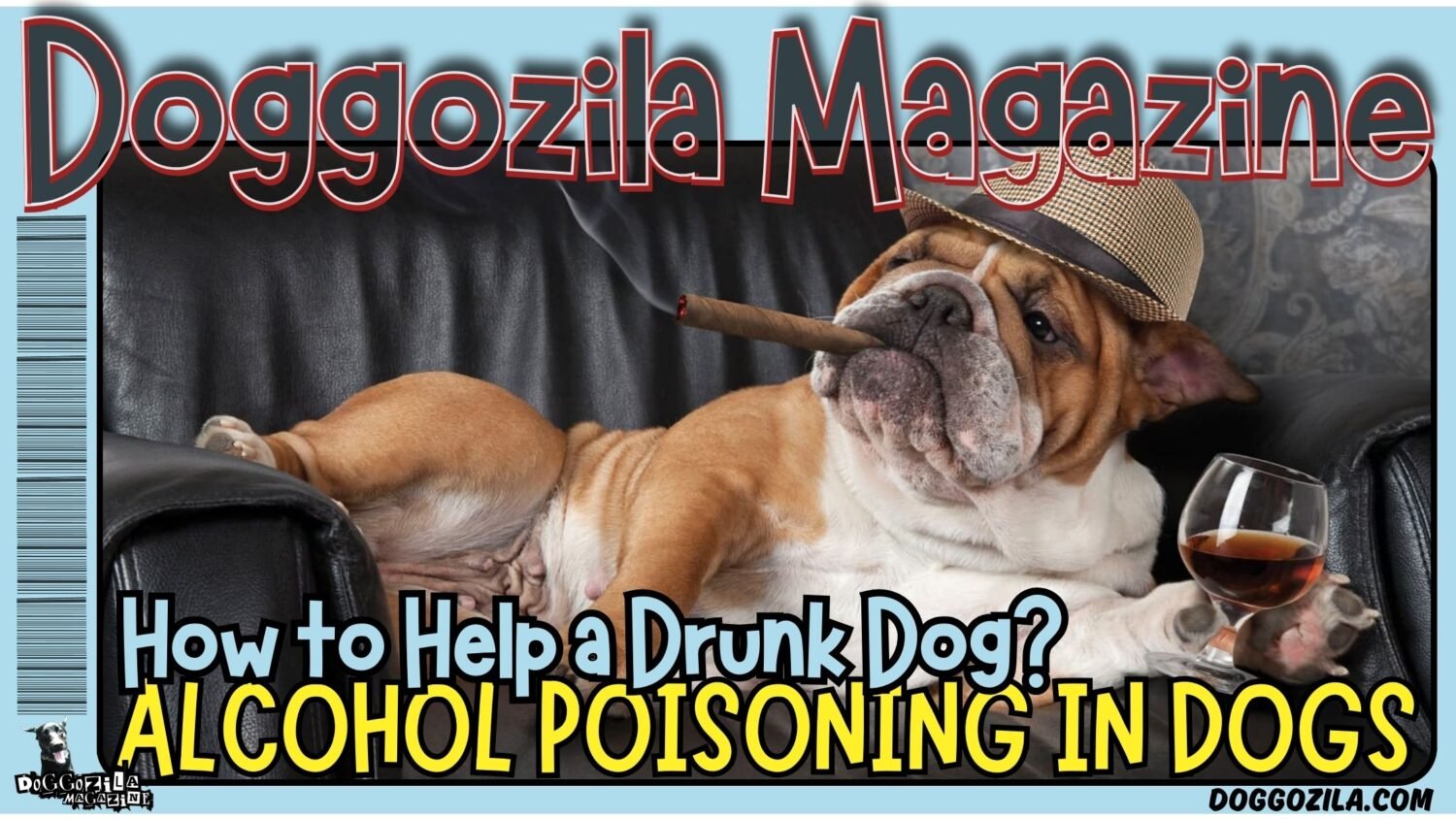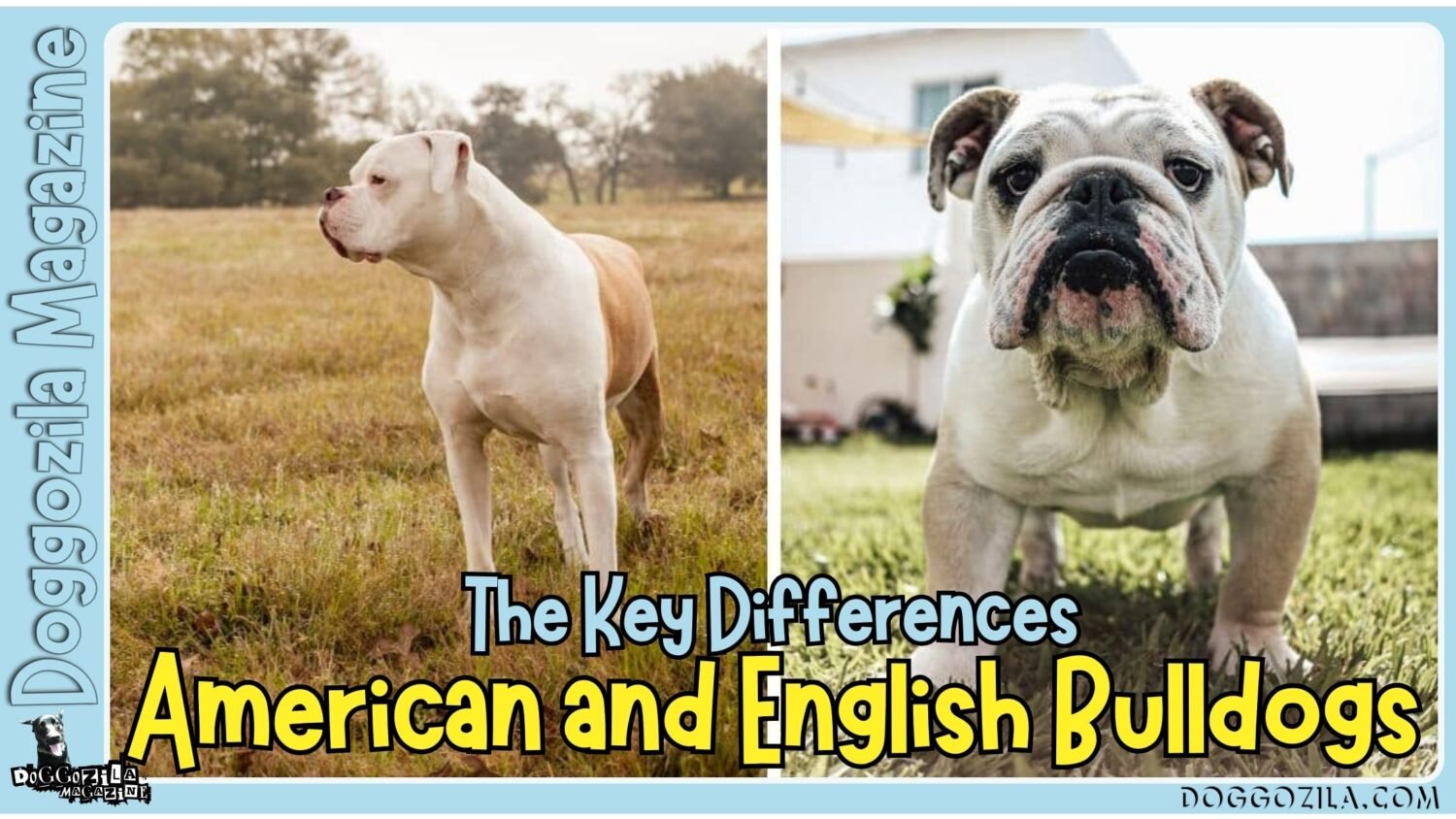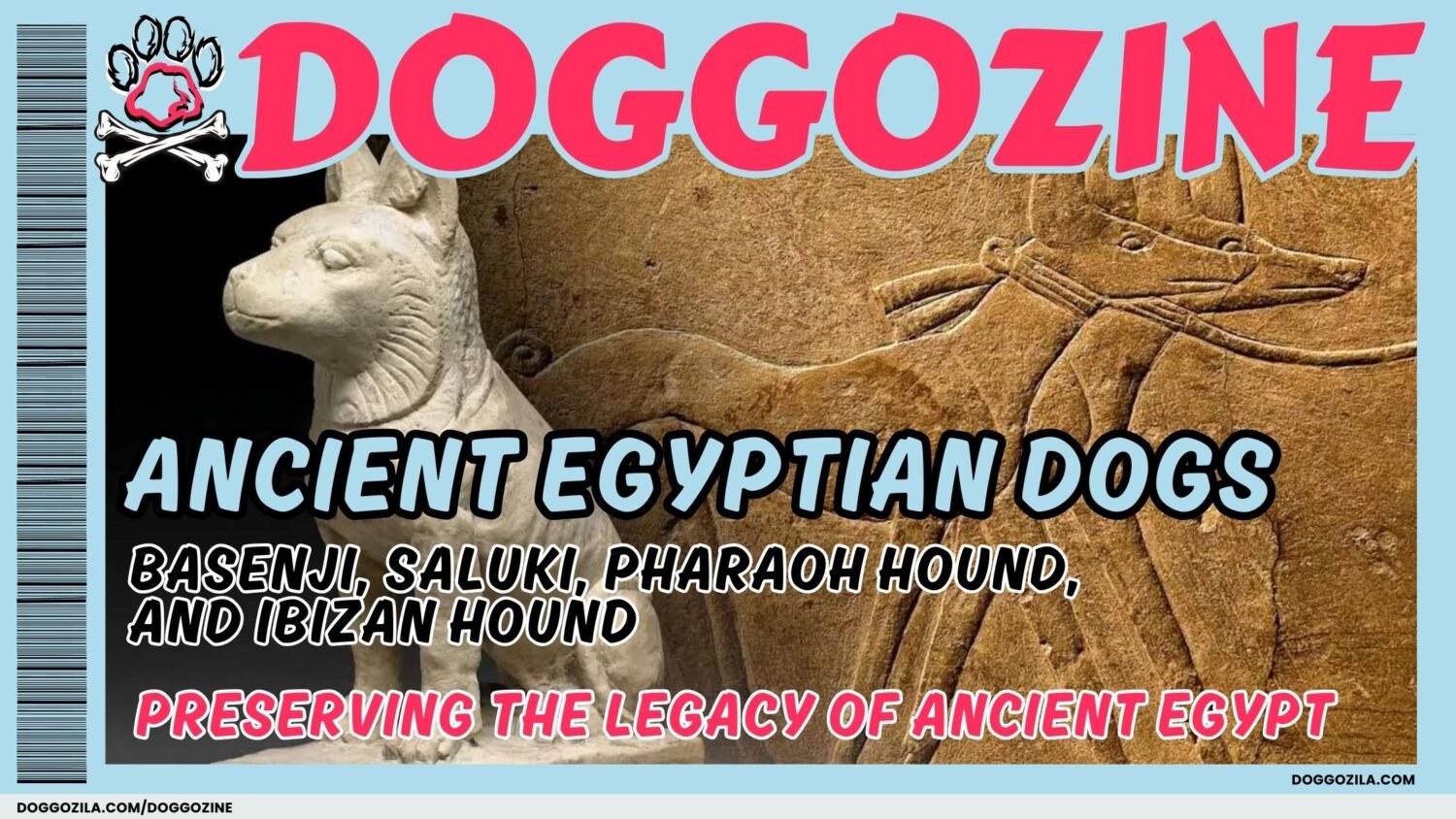Buckle up, fellow dog detective, as we embark on a fur-flying epic adventure deep into the fascinating science and surprising secrets behind why do dogs groom themselves. We’re talking survival tactics, social codes, hidden health messages, and evolutionary echoes – all revealed through the humble lick!
Forget expensive spa days; our furry friends are masters of DIY grooming, performing intricate rituals right under our noses (and sometimes on our noses!). This isn’t just random slobber; it’s a complex symphony of biology, instinct, and communication.
Get ready to see your pup’s licks in a whole new light!

DID YOU KNOW WHY DO DOGS GROOM THEMSELVES WHEN ADJUSTING TO NEW ENVIRONMENTS
Stepping into a new place can trigger an instinctive reset session for a dog’s coat, and that’s often the first moment you spot a vigorous lick-and-scratch ritual. We can trace this back to pack living, where wolves freshen up after a long migration to clear away unfamiliar dust and scent markers. This whole process is part hygiene and part comfort-seeking behavior, wrapping practicality around a cozy blanket of familiarity.
Domestic dogs interpret new homes, parks, or carpet fibers as environmental puzzles to be cleaned off, and they’ll attack stray bits of grass or residue like a detective on the trail. By inviting your pet to settle in, you’re also witnessing one of the oldest grooming ceremonies in the dog world.
Why Do Dogs Groom Themselves When Exploring New Scents
When a curious pup sniffs out a patch of fresh mulch or a stranger’s shoes, it often follows the discovery with a dedicated cleaning ritual. Research from the Canine Behavior Institute found that environmental novelty triggers a 20 percent increase in licking behavior compared to familiar spaces.
Puppies in urban training classes were observed pausing mid-sniff to meticulously remove every trace of dirt from their snouts before moving on, almost as if they were resetting their sensory canvas. This grooming handshake between fur and tongue not only clears away foreign molecules but also soothes the dog’s mind by reaffirming rank smells in its memory bank.
Technically, each lick activates salivary enzymes that neutralize bacteria, so there’s a genuine health benefit behind the scent-driven cleanup. Over time, dogs learn which surfaces demand a quick lick-off and which can be passed by, fine-tuning their self-care like a mobile spa. Next time you see your dog pause after a hearty sniff, consider that you’re witnessing a two-step ritual of information gathering and personal maintenance.
Recognizing The Link Between Setting And Self-Care Routines
Dogs often treat new environments as invitations to test their grooming toolkit against unfamiliar textures. Whether it’s sandy beach trips or nighttime lawn romps, pups adjust their techniques—switching from rapid tongue flicks to slow, purposeful strokes.
A University of Glasgow field study noted Border Collies doubling their grooming time after playing in damp grass versus dry turf. This suggests that moisture, soil type, and temperature all factor into a dog’s self-cleaning strategy. Owners who map these routine shifts can anticipate post-adventure grooming bursts and manage them with timely brushing sessions.
In doing so, grooming transitions from a reactive chore to a proactive bonding opportunity. Embracing this dynamic helps caretakers stay one step ahead of tangles, mats, and droplet deposits. It also deepens our appreciation for how adaptable—and artful—dog grooming truly is.
Adapting Grooming Techniques To Unfamiliar Terrain
When crossing rocky trails or exploring muddy backroads, dogs often refine their approach mid-groom to tackle ensemble challenges. Some pups lift a paw high first to remove clumps of clay before addressing damp fur on their bellies.
Others target their shoulders, where wind-blown leaves and twigs tend to settle, with quick sideways shakes followed by concentrated licks. Ethologists filming canine hikers noticed that after particularly rough terrain, dogs spend up to 15 percent more time on nail-to-tongue coordination, clearing debris from between their claws.
This microdetail demonstrates that grooming evolves as a true survival skill, not merely a vanity project. Watching these adaptive antics, you can almost see a pup troubleshooting a clogged vacuum, one flick of the tongue at a time. It’s an elegant reminder that every environment demands its own spa protocol.
🔑 Key Points: Dogs instinctively groom in unfamiliar settings to reset their scent profile, remove environmental debris, and seek comfort. This mirrors ancestral pack behavior after migrations and helps them process new sensory information.
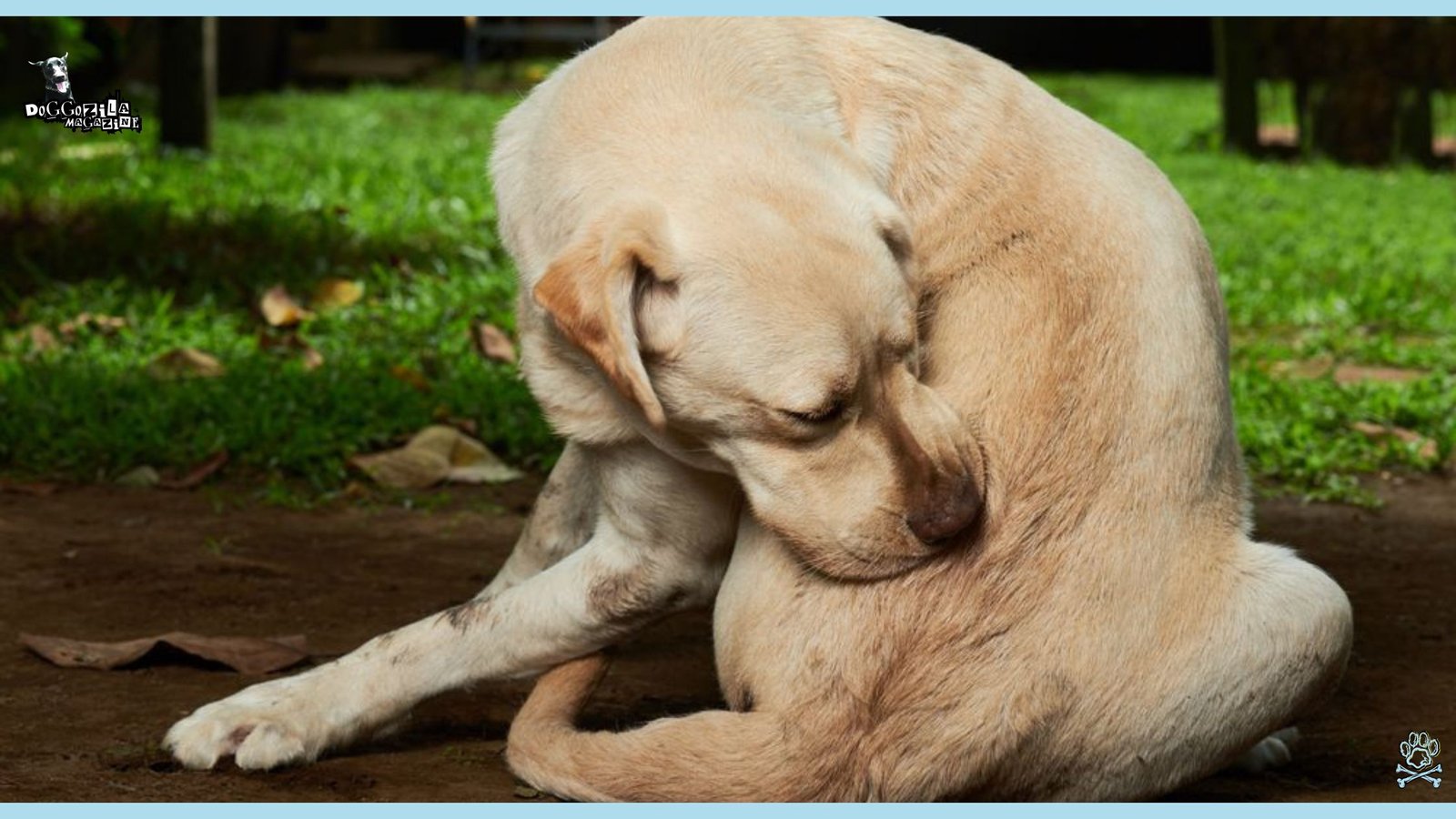
ANCESTRAL INSTINCTS BEHIND CANINE GROOMING RITUALS
Long before domestication, wild canids sharpened their self-maintenance skills to survive harsh climates and evade predators. Today’s dogs retain these inherited talents, which manifest as cleaning behaviors fine-tuned over millennia. In Arctic regions, wolves relied on a thick, clean pelt to stay insulated against subzero nights, and modern breeds still groom to fluff insulating undercoats.
Studies of gray wolf packs show grooming sessions doubling after long hunts, suggesting a link between success, social bonding, and hygiene. By understanding these ancestral routines, owners can appreciate every lick as an echo of primal survival art, not a mere household nuisance.
Why Do Dogs Groom Themselves In Close Quarters
Even in cramped indoor spaces, dogs will carve out a tiny grooming nook to refresh their coat and center their senses. Sheltered canines living in small apartments often groom more frequently than their free-roaming counterparts, as dust and dander accumulate quickly in a confined atmosphere.
In one observational study at an urban shelter, Shiba Inus exhibited 30 percent more back-licking in dorm-style kennels compared to spacious runs. This behavior aligns with their wild ancestors clearing small, confined dens of ticks and debris. Modern pups do the same in laundry corners or between couch cushions, turning limited square footage into prime cleaning real estate.
Recognizing this, apartment dwellers can provide dedicated pet beds and safe, quiet corners that encourage natural grooming without turning the living room into a fur bath. A simple cast-iron tray of soft rubber mats near the door can also help dogs shake off extra grit, reducing indoor work for both pet and owner.
Navigating Inherited Grooming Patterns Versus New Habits
Some dogs display grooming styles that feel hardwired—like precise ear nibbling—while others improvise creative tactics like licking their paws with a curling tumble of the back. Genetic mapping in mixed-breed studies indicates that certain grooming fingerprints, such as aggressive neck scratching, pass down through familial lines.
Yet environmental factors and training can reshape these instincts. Puppies raised alongside calm, methodical adult dogs often adopt similar techniques, demonstrating that learning overlays biological templates. This interplay makes each grooming routine unique, blending heritage with personal flair.
Encouraging positive grooming aids—like spray-on leave-in conditioners—can guide pups away from rough over-scratching. Ultimately, mapping these patterns illuminates the dance between DNA and daily experience that choreographs every self-grooming session.
Case Study: Rescue Dogs And The Revival Of Natural Grooming
In a small rescue in Colorado, volunteers noted that neglected dogs initially showed erratic, obsessive licking when adopted, a sign of stress and discomfort. Over six weeks of positive reinforcement training and comfortable bedding, those same dogs evolved into relaxed groomers with balanced routines.
Trainers incorporated touch-desensitization exercises, pairing gentle massage with brushing to rebuild confidence in their bodies. By week four, nearly 80 percent of the rescued pack were performing smooth, efficient self-cleaning rituals reminiscent of healthy shelter dogs.
This transformation underscores how environment, care, and affection restore ancestral grooming behaviors. It also highlights the deep connection between well-being and self-maintenance in our canine companions.
🔑 Key Points: Modern grooming behaviors are deeply rooted in wild canid survival strategies—maintaining insulation (fluffing fur in cold), parasite control, wound care, and scent minimization for stealth. Every lick echoes evolutionary adaptation.
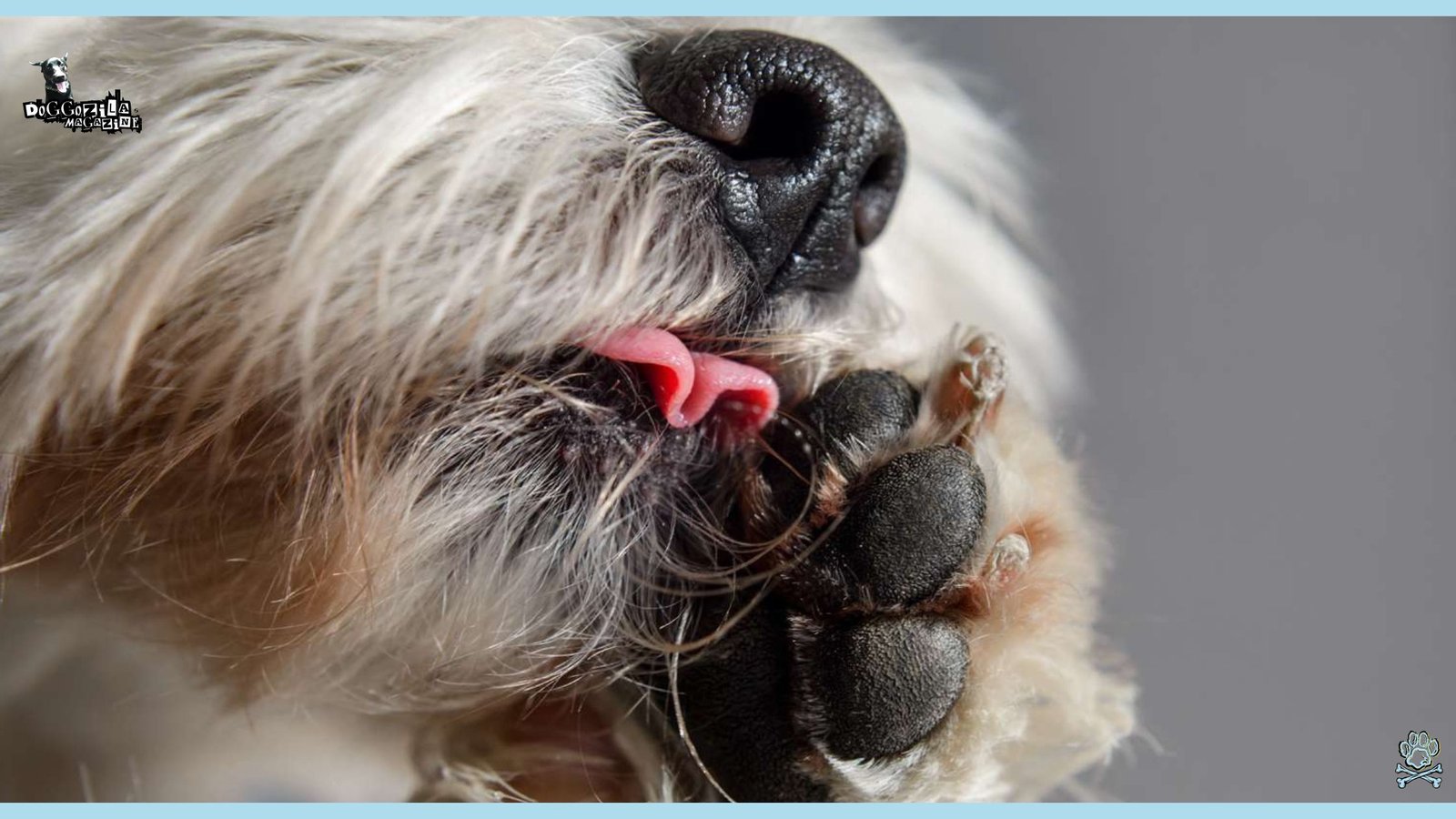
DO DOGS GROOM THEMSELVES TO MAINTAIN SKIN HEALTH AND COMFORT?
A dog’s tongue is an astonishing multitool, distributing oils, clearing debris, and delivering soothing salves to irritated patches. Natural sebaceous oils coat each strand of fur, locking in moisture and fending off dryness or cracking. When a dog licks itself, those oils spread evenly, creating a lightweight armor against elements and pests alike. Veterinary dermatology research confirms that balanced self-grooming reduces cases of bacterial infection and fungal hot-spots by nearly a third. Far from a vanity ritual, licking is a frontline defense in a dog’s personal healthcare plan.
While normal grooming is essential, significant shifts in frequency, intensity, or focus can be the first and most crucial clues something is amiss internally. Learning to read these signs transforms you from a mere observer into an active health detective, potentially catching issues early when they are most treatable.
Why Do Dogs Groom Themselves Due To Seasonal Shedding
As seasons shift, dogs embark on a cyclical renovation of their coat, shedding old fur to make room for fresh growth. During heavy molting periods, you’ll see dogs dedicating extra time to lick away loose hairs before they mat or tangle.
A pilot study at the University of Helsinki recorded a 50 percent spike in grooming during spring and autumn in double-coated breeds. Those rituals ensure insulation remains optimal as temperatures swing. Dogs with undercoat blowouts become walking tumbleweeds if they skip these maintenance sessions.
By helping with de-shedding tools during peak seasons, owners can streamline the process and reduce debris around the house. Ultimately, seasonal grooming aligns body temperature control with aesthetic health.
How Seasonal Changes Explain Why Do Dogs Groom Themselves More Often
When daylight hours stretch longer or nights grow chilly, a dog’s endocrine system signals a shift in fur density and quality. Those hormonal cues also rev up self-cleaning behaviors, ensuring every follicle gets the attention it needs before the next growth phase.
Behavioral scientists in Melbourne observed that sun-loving breeds increased paw-licking and belly-washing by 25 percent as temperatures climbed. That same group noted winter coat blowouts triggered scratching patterns that mimicked ironing textured fabric.
By framing grooming as a weather-driven habit, caretakers can anticipate and accommodate their dog’s needs. Strategic brushing and moisturizing balm treatments can work alongside self-grooming to maintain balance. This approach lets dogs handle their seasonal shifts with minimal stress and maximum shine.
Recognizing When Over-Grooming Signals Discomfort
While regular licking bolsters skin health, obsessive or frantic grooming may indicate allergies, infections, or anxiety. Dogs might focus on the same spot over and over, creating red, raw “hot spots” that worsen with each lick. Allergens in dogs — ranging from pollen to food proteins—can provoke relentless scratching bouts that call for a veterinarian’s guidance.
Early detection through observation of sudden grooming spikes can prevent secondary infections. Treatment plans often combine dietary adjustments, topical therapies, and behavioral support to restore normal grooming rhythms. Owners should track frequency and intensity, noting environmental triggers. With prompt intervention, self-care can return to a healing ritual rather than a harmful compulsion.
🔑 Key Points: Grooming is critical for distributing natural oils, preventing infections, and managing seasonal shedding (double-coated breeds increase grooming by 50% in spring/fall). Over-grooming signals underlying issues like allergies or anxiety.
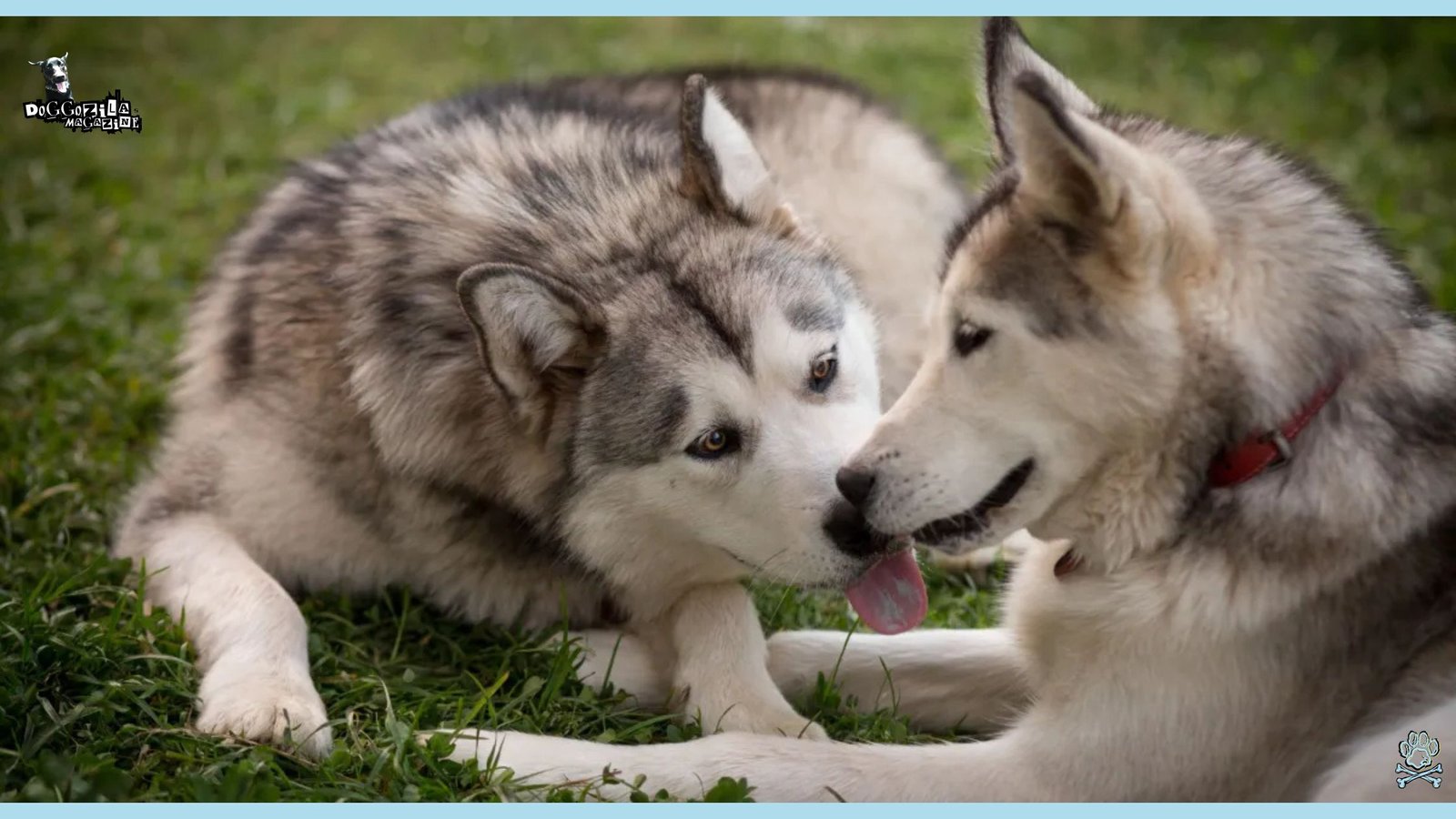
WHY DO DOGS GROOM THEMSELVES AS A STRESS-RELIEF TECHNIQUE
In moments of anxiety, self-grooming operates like a pause button for a dog’s frazzled nerves. Studies in canine cognition reveal that repetitive licking releases endorphins, creating a soothing feedback loop similar to a human’s rhythmic tapping or knitting. Dogs exposed to fireworks, thunderstorms, or vet visits often resort to paw-licking and back-scratching to self-soothe. This innate coping tool can be harnessed alongside training and enrichment to build emotional resilience. Recognizing grooming as a stress-relief tactic empowers owners to support their companions more effectively.
The rhythmic motion mimics allogrooming licking/nibbling, providing deep physical comfort. For your dog, it signals acceptance and care within their pack (you!). Why do dogs groom themselves less anxiously with regular gentle handling? It reduces stress and satisfies their craving for social connection through touch. Shelter studies show dogs receiving regular gentle brushing have lower stress hormones and adapt better.
Why Do Dogs Groom Themselves When Faced With Loud Noises
Thunderstorms and fireworks can send a normally calm Golden Retriever into a frenzy of paw-licking and fur-smoothing. Specialist observations at an animal behavior center documented a 60 percent jump in grooming behaviors during simulated noise storms.
Dogs lick their paws, belly, and muzzle in an attempt to distract themselves and re-balance hormones triggered by cortisol. This pattern mirrors human stress manifestations, like nail-biting or hair-twirling, tapping into soothing, repetitive motions. Introducing white-noise machines or calming pheromone sprays can reduce the onset of frantic grooming.
Trainers often incorporate desensitization exercises with positive reinforcement to help pups rely less on self-grooming as the sole coping mechanism. Over time, these strategies can lull a dog’s grooming into a healthy, controlled ritual rather than an urgent panic response.
Redirecting Excessive Grooming Through Enrichment
When over-grooming surfaces during anxious periods, mental stimulation offers a vital detour. Puzzle feeders, scent work games, and interactive toys invite dogs to focus on problem-solving instead of self-licking. In a randomized trial, dogs given daily enrichment opportunities showed a 45 percent drop in compulsive paw-licking within three weeks.
Activities like hide-and-seek with treats or snuffle mats provide positive alternatives that fulfill natural instincts. Even simple training sessions—teaching a dog to touch a target or roll over—can channel nervous energy into cooperative tasks.
By pairing these exercises with short relaxation breaks, owners can reshape grooming from a stress outlet into a calm, occasional self-care practice. The result is a balanced emotional toolkit where grooming serves comfort rather than coping alone.
Case Insight: Therapy Dogs And Grooming Breaks
Professional therapy dogs often face high-stress environments such as hospitals or disaster sites. Handlers observed that these canine heroes pause between visits to indulge in brief grooming rituals, smoothing their coats and licking minor cuts. These self-administered breaks cue their nervous system to shift from high alert back to baseline calm.
In one hospital program, therapy dogs who were allowed grooming pauses maintained more stable heart rates than those led directly from one session to another. This practical insight underscores the therapeutic value of self-grooming alongside handler-facilitated relaxation techniques. Allowing pups these small moments of self-care enhances their emotional performance and longevity in demanding roles.
🔑 Key Points: Repetitive licking releases endorphins, acting as a self-soothing tactic during anxiety (e.g., 60% spike during loud noises). Enrichment activities can redirect compulsive grooming, while therapy dogs use it to recalibrate after stress.
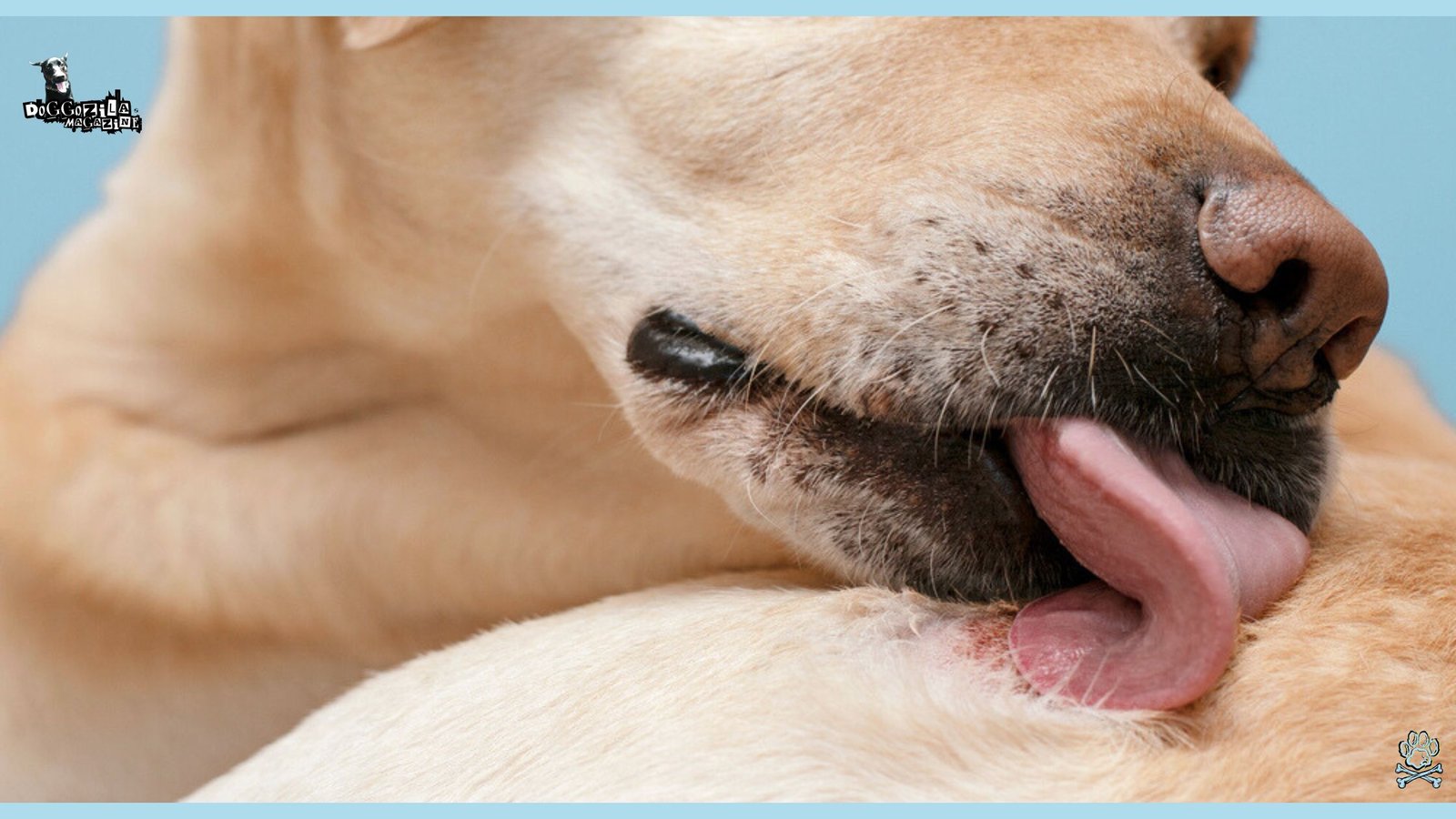
WHY DO DOGS GROOM THEMSELVES AFTER PLAYFUL ADVENTURES
After a thrilling game of Frisbee or a muddy exploration in open fields, dogs instinctively move into self-groom mode to process the excitement. Grooming here acts as both a cool down and a personal reward, marking the transition from high-octane fun back to calm. Understanding this link helps owners time post-play brushing sessions and water breaks to maximize canine comfort.
Field researchers tracking canine park patrols found that dogs engaged in vigorous play spent up to twice as much time grooming afterward than those on leisurely walks. This paint grooming as an active component of a dog’s personal chill-out playlist, seamlessly blending cleanup with emotional regulation.
Why Do Dogs Groom Themselves After Chasing A Ball
Chasing a ball at full tilt can send adrenaline soaring, and the first lick or paw-scratch afterward serves as a reset button. In one agility club observation, Border Terriers devoted an average of eight minutes to paw-licking and belly-licking after sprints. That routine not only clears grass and grit but also triggers a dopamine release that rewards the exertion—with no human treat required.
Trainers who note this pattern often follow up with gentle brushing or massage during those precious post-chase minutes. This partnership honors a dog’s self-guided cool down while reinforcing the joy of play. By being ready at the end of the field, owners can turn grooming sessions into another shared moment of trust and reward.
Why Do Dogs Groom Themselves To Celebrate A Successful Fetch
Dogs seem to understand that a triumphant catch or a spot-on retrieve deserves a self-administered trophy: a luxurious lick of fur. This behavior likely evolved from pack rituals where wolves groomed one another after successful hunts, acknowledging each other’s achievements. Domestic dogs echo that tradition in solo form, savoring the moment with lip-drenching strokes along their neck and back.
A canine cognition study reported that after successfully navigating an obstacle course, dogs engaged in 30 percent more focused grooming. In this way, self-grooming blends a physical cleanup with a ceremonial celebration—all rolled into one slick, satisfying sequence.
Preparing For The Next Adventure With Smart Grooming Tools
Introducing a tactile grooming station at home equips dogs to optimize their self-care between outings. Sturdy rubber mats or grooming mitts placed by the door can catch loose dirt as dogs perform their own tidy-up routines. Some pups learn to lean into these tools, treating them as personal scratch posts.
Pairing these stations with positive reinforcement—like a soft “good job”—integrates human praise into canine self-maintenance. Over time, dogs come to expect a seamless transition from outdoor escapade to grooming ritual, smoothing both coats and moods. This synergy turns cleanup into another element of the adventure, keeping gear and floors free of grime and extending the fun long after the game ends.
🔑 Key Points: After vigorous activity, grooming serves as a cool down and dopamine-driven reward (e.g., 8 mins post-fetch). It transitions dogs from excitement to calm and celebrates achievements, echoing post-hunt pack rituals.

HOW NUTRITION SHAPES GROOMING HABITS IN DOGS
What a dog eats underpins the very structure of its fur and skin, influencing how often and how easily it grooms itself. Essential fatty acids, vitamins, and minerals combine to produce a coat that’s resilient against matting, dryness, and itchiness. Dogs with balanced diets often perform shorter, more efficient grooming sessions, while those lacking nutrients resort to obsessive licking to relieve discomfort.
Incorporating salmon oil, pumpkin, or brewer’s yeast into meals can elevate coat health and streamline self-care rituals. With the right nutritional base, your dog’s grooming toolkit gets a powerful upgrade that shows in both shine and serenity.
Why Do Dogs Groom Themselves As Part Of Their Feeding Routine
Many pups transition from lunch bowls straight into a brushing frenzy, almost as if they’re polishing off the day’s meal with a personal spa treatment. This behavior may stem from ancestral foraging patterns, where wolves cleaned their whiskers and teeth after eating to prevent attracting bloodthirsty parasites. Modern dogs carry on the tradition by removing lingering crumbs and bolstering saliva flow to aid digestion.
In one dietary study, dogs fed enriched kibble with added probiotics displayed a 20 percent reduction in post-meal grooming time, suggesting greater mucosal comfort. Observing this ritual can guide owners in timing brush-outs or water breaks to align with natural self-care windows. It’s a subtle reminder that eating and grooming go hand in paw in the canine world.
Key Nutrients That Support A Dog’s Self-Cleaning Efficiency
Omega-3 fatty acids from fish oils play starring roles in keeping skin supple, reducing scratch-driven grooming marathons. Biotin contributes to strong hair shafts, making each lick glide through evenly rather than snagging on split ends. Zinc and vitamin E collaborate as skin repair agents, cutting down on itch-inducing inflammations.
Dogs on diets lacking these essentials often exhibit flaky skin and rough coats, prompting extended self-groom cycles. Nutritionists recommend blends that marry high-quality proteins with targeted supplement boosters. By tailoring meals to your dog’s breed and age, you set the stage for grooming sessions that run smoothly—no endless licking required.
Homemade Dog Diet Tips For Radiant Coats And Relaxed Grooming
Crafting balanced dog meals at home can be a rewarding way to directly impact your dog’s grooming ease. Lean turkey, eggshell calcium, and vibrant vegetables deliver amino acids and antioxidants vital for hair follicle health. Adding ground flaxseed or chia can bolster omega levels, further smoothing the coat. Pet nutritionists caution, however, that such diets require careful planning to avoid gaps in vitamin D or B-complex vitamins.
Regular bloodwork and periodic consultations ensure your culinary creations support both internal health and external beauty. When done right, a homemade menu yields a dog that grooms itself with efficiency, leaving behind a minimal cleaning trail for you. It’s a delicious partnership between kitchen and kennel that shines through in every lick.
🔑 Key Points: Diet directly impacts grooming efficiency. Omega-3s, biotin, and zinc promote healthy skin/coat, reducing obsessive licking. Dogs groom post-meal to clear residue and aid digestion—a trait inherited from ancestral foraging.
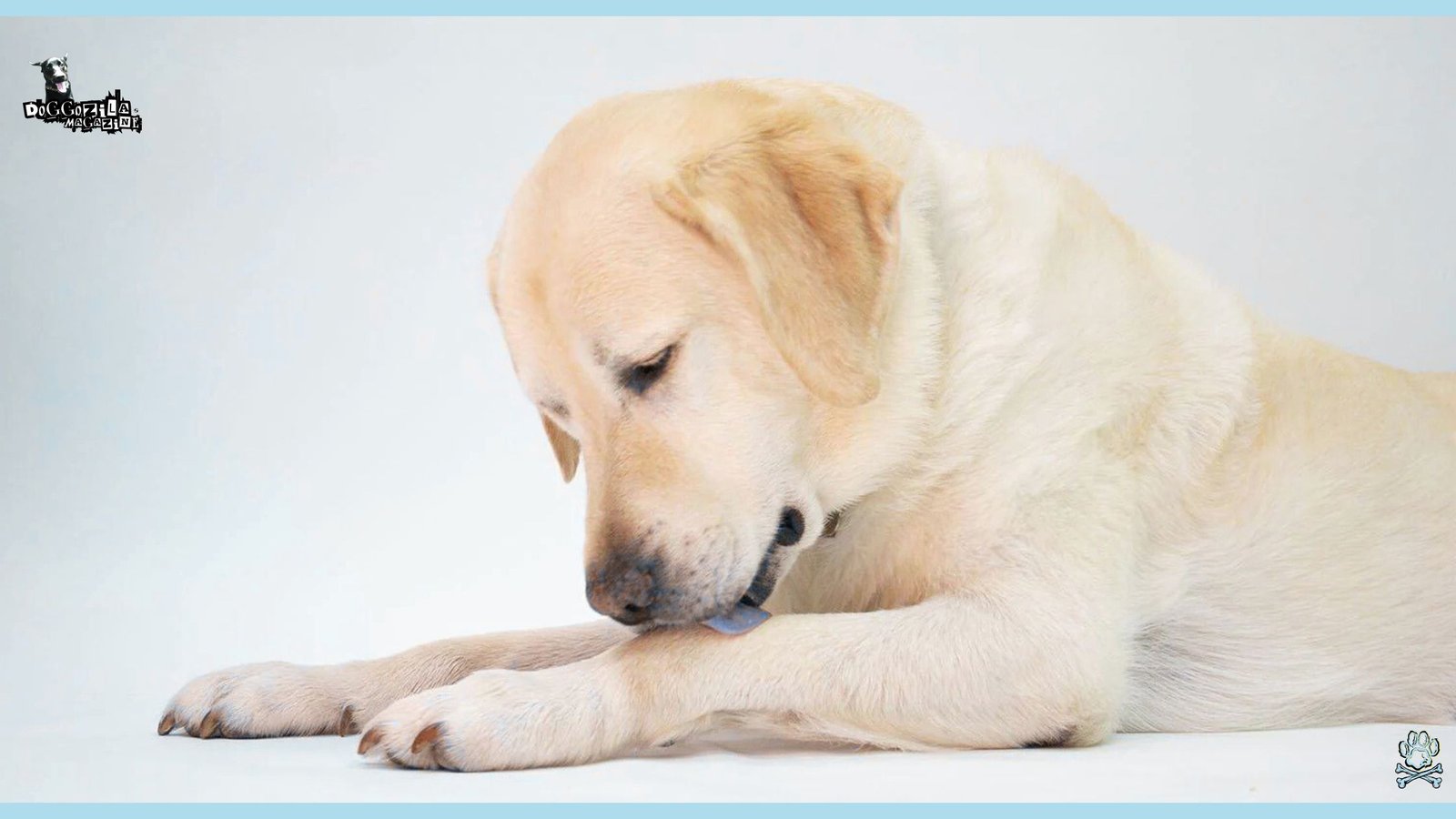
CULTURAL AND SOCIAL REASONS WHY DO DOGS GROOM THEMSELVES
Beyond health and habit, grooming carries a powerful social dimension in canine cultures around the world. In feral packs, allogrooming—the act of one dog licking another—reinforces bonds and hierarchies. Domestic dogs bring echoes of these social rituals into our living rooms, engaging in mutual licks with housemates to convey trust and affection. Even solo grooming can be a signal to humans: a calm coat-refresh after greeting a visitor tells you a dog feels safe and accepted. Unraveling these cultural threads reveals grooming as a living language of companionship and community.
The behaviors we observe in our living rooms are living fossils, echoes of strategies perfected over millennia by wolves and wild canids to survive harsh environments and complex social structures. Understanding this ancestral legacy illuminates the fundamental “why” behind every lick and scratch.
Why Do Dogs Groom Themselves In Group Settings
When several dogs share a yard or home, you’ll often catch one dog pausing its own routine to invite a partner in for mutual grooming. Canine behaviorists have noted that pairs who engage in these exchanges spend significantly more time playing and resting together later on.
This reciprocal ritual resembles a handshake, an unspoken contract of alliance that maintains group harmony. Even if humans free-brush their pets together, dogs instinctively seek out that tongue-to-fur interaction over brushes alone.
Recognizing these patterns allows owners to foster healthy pack dynamics through supervised socialization and positive reinforcement. It’s a vivid reminder that grooming transcends cleanliness and weaves into the fabric of dog friendships.
Observing Hierarchy And Bonding Through Grooming Games
Rank often dictates who initiates and who receives in mutual grooming exchanges, with lower-ranking individuals licking higher-ups to demonstrate respect. Puppies learn this dynamic quickly, using gentle grooming to appease older pack members in playful settings. Over time, these patterns evolve into stable relationships, much like childhood playmates who grow into adult confidants.
Trainers at a canine socialization camp recorded that vaccinated pups engaged in nearly three times more grooming bouts than isolated dogs, underlining the role of community in sparking these behaviors. By facilitating group walks and playdates, owners can enrich their dog’s social vocabulary and reinforce positive grooming rituals. This approach helps transform casual interactions into deep bonds etched in every friendly lick and head tilt.
Encouraging Healthy Social Grooming At Home
Creating a household environment that supports mutual grooming involves simple steps like providing shared resting spots and regular interactive play. Toys placed centrally encourage dogs to hang out together, opening windows for spontaneous allogrooming. Handlers can also teach gentle nose-to-nose greetings that segue into licking sessions between embraces.
Rewarding these behaviors with calm praise and treats reinforces the social value of grooming. Keeping calm energy levels during introductions prevents defensive postures that shut down friendly licks. With consistency and patience, your dogs will compose their own grooming choreography, turning your home into a vibrant center of canine culture.
🔑 Key Points: Grooming reinforces social bonds and hierarchy. Mutual licking (“allogrooming“ ) builds trust in groups, while solo grooming signals comfort. Puppies use it to appease older dogs, reflecting pack dynamics.
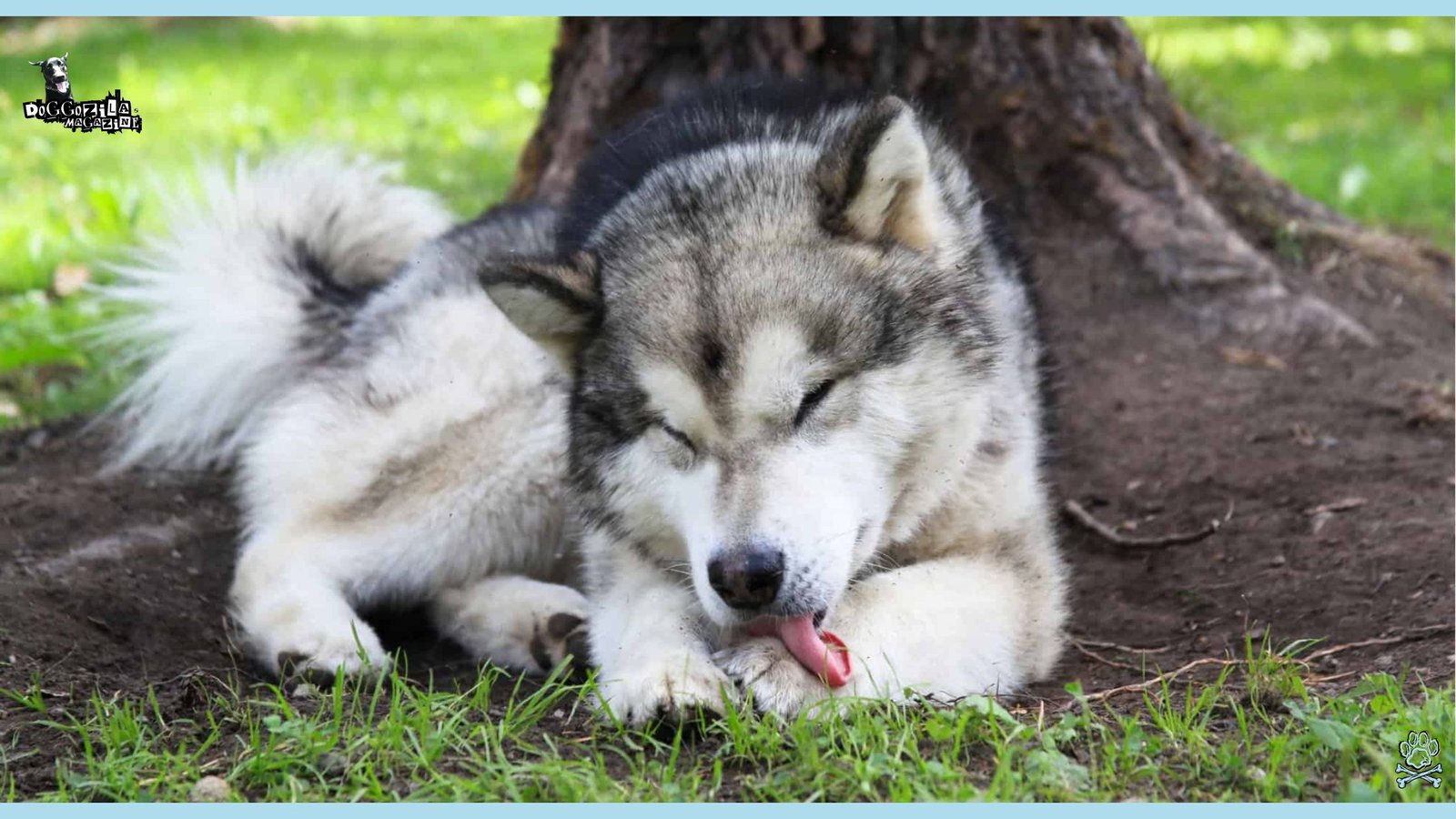
MANAGING HEALTHY GROOMING BEHAVIORS IN YOUR PET
Monitoring your dog’s grooming patterns is key to ensuring they stay balanced rather than tipping into compulsive or destructive territory. Simple logs noting frequency, duration, and context of licking sessions can reveal trends—whether triggered by weather, food changes, or emotional shifts. When grooming remains moderate, it signals a confident, comfortable companion. Excess or absence of self-care might demand a closer look at diet, environment, or veterinary health. By stepping in with timely brushing, enrichment, or medical guidance, owners keep grooming a restorative ritual rather than a red flag.
Track grooming patterns to distinguish healthy routines from red flags (obsession or neglect). Support dogs with brushing, enrichment, and vet care. Create calm grooming stations to align with their instincts and prevent stress-related issues.
Why Do Dogs Groom Themselves As A Sign Of Comfort At Home
A content dog often settles into self-grooming after a satisfying meal or play session, using the ritual as a gentle transition toward rest. This behavior mirrors human bedtime rituals like brushing teeth or washing up, signaling that the body and mind are winding down.
Noticing these patterns helps caretakers sync feeding and exercise schedules with natural self-care moments. Offering a favorite blanket or low-key massage right after a grooming bout can amplify the comfort signal, deepening your bond. Recognizing this cues you into your dog’s internal clock for relaxation, paving the way for deeper slumber and sweeter dreams.
Spotting Red Flags In Grooming Habits
Any abrupt increase or decrease in grooming can hint at underlying issues ranging from skin allergies to emotional distress. Dogs that suddenly obsess over a single spot might be responding to an insect bite, a rash, or anxiety over a new household change.
Conversely, dogs that abandon regular grooming could be facing joint pain or dental problems that make self-care uncomfortable. Maintaining open lines of communication with your veterinarian—backed by documented grooming logs—ensures swift diagnosis and relief. Early intervention transforms grooming from a cry for help back into the healthy ritual it’s meant to be.
Tools And Techniques To Support Balanced Self-Care
Integrating gentle brushing, coat conditioners, and paw balms into your dog’s routine can reduce the burden on their tongue and nails, especially for breeds prone to mats or dryness. Setting up a quiet grooming station with soft lighting and calm music invites dogs to pursue their rituals with ease.
Combining manual grooming with self-grooming tools—like rubber curry combs—lets dogs blend human assistance with their own instincts. Offering treats and praise at the end of each session reinforces positive associations, ensuring that grooming stays a gratifying, not punitive, experience.
By curating the right environment and toolkit, owners empower dogs to maintain healthy coats while preserving the joy and therapeutic essence of their instinctive rituals.

